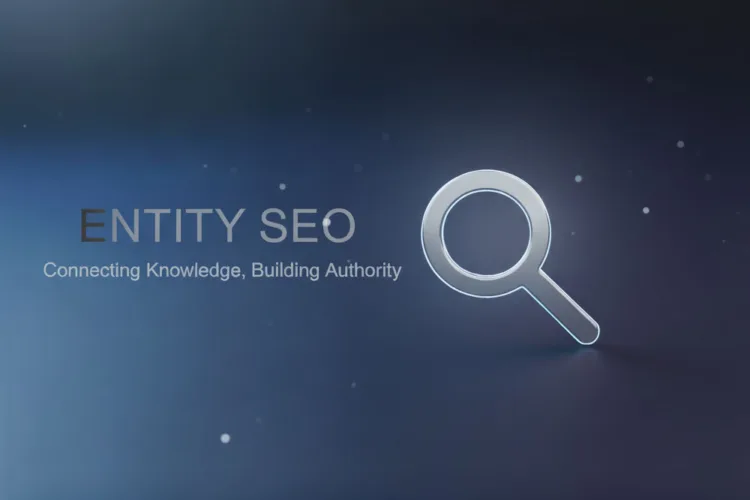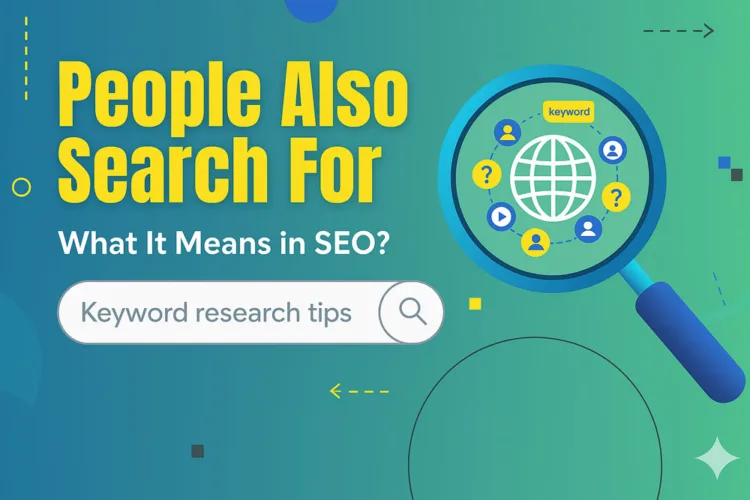
Website load speed isn’t just a technical element; it’s an essential factor that affects user experience, bounce rates, search rankings, and even conversions. Even a few extra seconds of loading time can send potential visitors straight to your competitors. Unfortunately, many website owners unintentionally make mistakes during development or maintenance that severely impact loading times.
Here are some key factors that often cause slow website performance, and what you can do to prevent them.
1. Unreliable Web Hosting
The foundation of your website’s speed lies in your hosting provider. If your web host uses outdated hardware, overloaded servers, or lacks proper optimization, your website will suffer, regardless of how well-built it is. Shared hosting plans often lead to inconsistent performance due to limited resource allocation.
Investing in a reliable, performance-based hosting service, such as a managed WordPress host or a scalable VPS, can make a significant difference. Speed, uptime, and security should be your top considerations when choosing a host.
2. Inefficient Code, Libraries, and Frameworks
Overly complex or poorly written code can slow down your website. This includes using excessive libraries, outdated frameworks, or excessive JavaScript and CSS that are not optimized for performance. Developers often include entire libraries when only a small function is needed, resulting in unnecessarily large file sizes.
Frameworks and plugins with outdated dependencies can further drag down performance. Simplifying your codebase, removing unused scripts, and staying updated with leaner frameworks is essential for optimal speed.
3. Unoptimized Code Files and Fonts
Large or uncompressed CSS and JavaScript files can significantly slow down page loading, especially when they haven’t been merged. Every additional file the browser has to load means more HTTP requests and longer delays. Similarly, custom fonts that are especially when loaded in multiple weights or styles, can become a hidden burden on speed.
The key is to reduce and combine files when possible, load JavaScript asynchronously, and use only the font styles you truly need.
4. Unoptimized Images and Videos
One of the most common and overlooked issues is media that hasn’t been optimized for the web. High-resolution images and full-quality video files can dramatically increase load time, especially for mobile users on slower connections.
Uploading large images without compression or failing to use the correct format can consume bandwidth and delay page loading. Make it a habit to compress images using tools like TinyPNG or WebP and embed videos using platforms like YouTube or Vimeo to avoid hosting heavy files directly.
5. No Lazy Loading
Lazy loading is a technique where images and other media are only loaded when they enter the user’s viewport. Without it, your page tries to load everything at once, including content not immediately visible to the user. This drastically slows down the initial load time, especially on media-heavy pages.
Implementing lazy loading ensures that your site loads faster initially, improving both user experience and loading speed.
6. Heavy or Redundant External Widgets and Plugins
Widgets and third-party plugins, like live chats, social media feeds, or analytics tools, may add useful functionality, but they often come with a cost: slower load times. Many of these tools load external scripts, make API calls, or run background processes that can slow down performance.
Installing multiple plugins that perform overlapping functions can create unnecessary redundancy. Be selective with external tools, remove what you don’t use, and regularly audit your plugins to avoid unnecessary weight.
7. Network Issues
Sometimes the problem lies outside your website’s setup. Poor content delivery due to network issues or the lack of a Content Delivery Network (CDN) can affect users in different regions. If your website is hosted in one country but visited by users globally, response times may vary drastically.
A CDN stores copies of your website in multiple geographical locations, delivering content faster to users based on their location. Without it, load speeds can suffer, especially for international audiences.
8. No Caching Strategy
Caching is one of the most effective ways to improve website speed. Without caching, your server must process requests and render pages from scratch every time a visitor loads a page. This consumes resources and slows down the experience. Browser caching, server-side caching, and object caching can all reduce load times by serving saved versions of your content. Tools like WP Rocket or W3 Total Cache can automate much of this, ensuring your visitors enjoy faster loading speeds consistently.
9. Excessive Redirects
Redirects are sometimes necessary, such as when migrating content or updating URLs, but using too many of them can be a drag on performance. Each redirect begins an additional HTTP request and response cycle, adding unnecessary delay before the final page loads.
If redirects are chained (one redirect leading to another), it multiplies the slowdown. To fix this, audit your site for outdated or unnecessary redirects and update links to point directly to their final destination.
10. Lack of Mobile Optimization
Since most web traffic comes from mobile devices, ignoring mobile optimization is a major mistake. Mobile users often have slower connections, and if your website isn’t built for responsive, lightweight mobile performance, load times can increase significantly. Problems like large images, desktop-only layouts, and uncompressed scripts can lead to a frustrating experience on mobile.
Use responsive design principles, minimize page size, and regularly test your site on various mobile devices to ensure quick, smooth loading across all platforms.
Your website’s load speed can harm the user experience. While WordPress offers robust tools and flexibility, it’s easy to fall into traps that slow your site down if you’re not careful. By addressing these common mistakes, you not only improve your site’s performance but also its ability to control users, rank higher in search engines, and generate conversions.
Fast load times are essential, not optional. Prioritize it from the start, and your audience and Google will notice.



